- No products in the cart.
Logimaks Tab n / a film about prolong. 50mg + 5mg 30 pc
$22.12
Logimaks Tab n / a film about prolong. 50mg + 5mg 30 pc
SKU: 0148866524 Categories: Heart and blood vessels, High pressure, Medicaments Tags: =+ felodipine metoprolol, ASTRAZENECA
Description
Composition
Active substance:
Metoprolol succinate 47.5 mg, corresponding to 39 mg or 50 mg of metoprolol tartrate, metoprolol; 5 mg felodipine.
Excipients:
150 mg of hypromellose, sodium aluminum silicate 70.5 mg Lactose anhydrous 42 mg 17.2 mg giproloza, macrogol glitserilgidroksistearat 5 mg, 4.5 mg microcrystalline cellulose, sodium stearyl fumarate 3.7 mg, 0.06 mg propyl gallate, silica 12 0 mg, 13.0 mg of ethyl cellulose; composed of membrane-coated tablet: hypromellose, 9.3 mg, 2.3 mg macrogol 6000, 0.2 mg of wax, titanium dioxide (E171) 1.4 mg Iron oxide yellow dye (E172) 0.13 mg iron oxide colorant red (E172) 0.03 mg.
Description:
Round biconvex tablets covered with a foil cover, light orange; engraved on one side.
Product form:
Prolonged action tablets coated membrane sheath 50 mg + 5 mg.
30 tablets in a plastic bottle. One vial in a cardboard box with instructions for use.
Contraindications
Hypersensitivity to metoprolol, felodipine or other components of the drug as well as other dihydropyridine derivative or other beta blockers
unstable angina
Atrioventricular block II and III degree
Hemodynamically significant stenosis of the heart valves
Dynamic stenosis of the outflow tract of the heart
Acute myocardial infarction
Pregnancy
Chronic heart failure decompensation (pulmonary edema, hypoperfusion or hypotension, III-IV heart failure class NYHA functional classification) and continuous or intermittent therapy inotropic beta-adrenoceptor agonist
Bradycardia or severe hypotension with the presence of clinical symptoms
sick sinus syndrome (except in patients with a permanent pacemaker)
cardiogenic shock
The expressed disturbances of peripheral circulation (with the threat of gangrene)
Suspicion of acute myocardial infarction step (heart rate less than 45 bpm. / Min., PQ interval of more than 0.24 or a systolic blood pressure less than 100 mm Hg. V.)
Age 18 years (effectiveness and safety have been established)
Pheochromocytoma (without simultaneous application of alpha-blockers)
Lactose Intolerance, Lactase deficiency syndrome and glucose-galactose malabsorption (formulation contains lactose).
With caution (comparing benefit / risk ratio): severe renal failure (creatinine clearance (CC) of less than 30 ml / min.), Aortic stenosis, hepatic dysfunction, myocardial infarction, hypotension, acute metabolic acidosis, chronic heart failure (I-II NYHA functional class classification), bronchial asthma, chronic obstructive pulmonary disease (COPD), angina pectoris
Prinzmetala.
Dosage
50 mg + 5 mg
Indications
Hypertension (may be used in cases where treatment of beta blockers or BCCI dihydropyridine derivatives, used in monotherapy did not have a clinically meaningful effect).
Interaction with other drugs
Co-administration with means interacting with the cytochrome P450 enzyme system, may affect the concentration of felodipine and metoprolol in plasma. There was no interaction between felodipine and metoprolol as they are metabolized via different isozymes of cytochrome P450.
Interactions with metoprolol
Metoprolol is a substrate for the isoenzyme CYP2D6. Drugs that inhibit isozyme CYP2D6, such as quinidine, terbinafine, paroxetine, fluoxetine, sertraline, celecoxib, propafenone and diphenhydramine may vary the concentration of metoprolol in the blood plasma. It may require dose reduction Logimaks® drug in combined use with these drugs.
Interaction with felodipine
Felodipine is a substrate for the isoenzyme CYP3A4. Drugs that induce or inhibit isozyme CYP3A4, have a significant effect on the concentration of felodipine in plasma.
Drugs that induce the cytochrome P450: phenytoin, carbamazepine, phenobarbital and rifampin, and also preparations Hypericum perforatum increase of felodipine metabolism due to the induction of cytochrome P450 system. The combined use of phenytoin, carbamazepine, phenobarbital and rifampin reduces the area under the curve values ”concentration – time” (AUC) and 93% of felodipine Cmax by 82%. combined use should be avoided with inductors isoenzyme CYP3A4.
Drugs that inhibit the cytochrome P450: azole antifungals (itraconazole, ketoconazole), macrolide antibiotics (e.g. erythromycin) and HIV protease inhibitors are inhibitors of isoenzyme CYP3A4. When the joint application of itraconazole felodipine Cmax increased 8 times, AUC – 6 times. When the joint application of erythromycin Cmax and AUC felodipine increased about 2.5 times. felodipine combined use should be avoided and inhibitors isoenzyme CYP3A4.
Grapefruit juice inhibits the enzyme CYP3A4 isoenzyme system. Application of felodipine with grapefruit juice increases felodipine Cmax and AUC of about 2 times. Avoid joint use.
Tacrolimus: Felodipine may cause an increase tacrolimus concentration in blood plasma. When the joint application it is recommended to control the concentration of tacrolimus in the blood serum may require adjustment of the dose of tacrolimus.
Cyclosporin: the combined use of cyclosporine and felodipine felodipine Cmax increased by 150%, AUC increased by 60%. However, the effects of felodipine on the pharmacokinetic parameters of cyclosporine minimum.
Cimetidine: combined use of cimetidine and felodipine leads to an increase in Cmax and AUC of felodipine at 55%.
Avoid joint use of the drug Logimaks® with the following means:
Barbituric acid derivatives: barbiturates (study was conducted with fenofarbitalom) slightly increase the metabolism of metoprolol, resulting induction of microsomal liver enzymes.
Propafenone: The use of propafenone 4th patients treated with metoprolol, there was an increase in plasma concentrations of metoprolol 2-5, wherein in 2 patients had side effects typical of metoprolol. This interaction was confirmed in a study in 8 volunteers. Probably due to inhibition of the interaction of propafenone, like quinidine, metoprolol metabolism by cytochrome R4502D6. Taking into account the fact that propafenone has the properties of a beta-blocker, the combined use of the drug Logimaks® and propafenone did not seem appropriate.
Verapamil: Combination of Beta-blockers (atenolol, propranolol and pindolol) and verapamil may cause bradycardia and lead to a reduction in blood pressure. Verapamil and beta-blockers have mutually inhibitory effect on AV conduction and sinus node function.
Correction Logimaks® dose preparation may be required while the application with the following drugs:
Class I antiarrhythmic agents: class I antiarrhythmics and beta-blockers, while the application may lead to the summation of the negative inotropic effect, which leads to serious haemodynamic side effects in patients with left ventricular dysfunction. Also avoid the use of such a combination in patients with sick sinus syndrome and AV conduction disorders. The reaction described in Example disopyramide.
Diphenhydramine: diphenhydramine metoprolol clearance reduces to alpha gidroksimetoprolola 2.5 times. At the same time strengthening the metoprolol action observed.
Clonidine: BP rising at a sharp lifting of clonidine may be more pronounced at a joint reception with beta-blockers. In a joint application, in the case of clonidine, the termination of receiving beta-blockers should start several days before clonidine.
Diltiazem: Diltiazem and beta-blockers reinforce inhibitory effect on AV conduction and sinus node function. With the combination of metoprolol with diltiazem there were cases of severe bradycardia.
Nonsteroidal anti-inflammatory drugs (NSAIDs): NSAIDs weaken the antihypertensive effect of beta-blockers. This reaction is the most studied of indomethacin. There was no interaction for said sulindac. In studies with diclofenac this reaction was observed.
Phenylpropanolamine: phenylpropanolamine (norephedrine) a single dose of 50 mg may cause an increase in diastolic blood pressure to pathological values in healthy volunteers. Propranolol generally prevents the increase in blood pressure caused by phenylpropanolamine. However, beta-blockers can cause paradoxical reaction of hypertension in patients receiving high doses of phenylpropanolamine. It reported several cases of hypertensive crisis while taking phenylpropanolamine.
Epinephrine: reports of 10 cases of severe hypertension and bradycardia in patients treated with non-selective beta-adrenergic blockers (including pindolol and propranolol) and treated with epinephrine. The interaction observed in healthy volunteers group. It is assumed that similar reactions may occur and the application of epinephrine with local anesthetic together with a random contact with the bloodstream. It is expected that this risk is much lower with cardioselective beta-blockers.
Quinidine: Quinidine inhibits the metabolism of metoprolol in a special group of patients with “fast” hydroxylation (in Sweden about 90% of the population), causing mostly a significant increase in the plasma concentration of metoprolol and increased beta-adrenoblockade. It is believed that this interaction is typical for other beta-blockers, metabolism involving cytochrome R4502D6.
Amiodarone: the combined use of amiodarone and metoprolol can lead to severe sinus bradycardia. Taking into account the extremely long half-life of amiodarone (50 days), you should take into account possible interactions take place some time after discontinuation of amiodarone.
Rifampicin: rifampicin may enhance metabolism of metoprolol, reducing the plasma concentration of metoprolol.
Cardiac glycosides: in combination with beta-blockers may disrupt AV conduction and cause bradycardia.
The concentration of metoprolol in the blood plasma can rise in the combined use with cimetidine, hydralazine, selective serotonin reuptake inhibitors such as paroxetine, fluoxetine and sertraline. Patients concurrently taking metoprolol and other beta blockers (in the form of eye drops) or inhibitors of monoamine oxidase (MAO) should be monitored carefully. While taking beta-blockers, inhalation anesthetics enhance cardiodepressive action. On a background of reception of beta-blockers in patients receiving hypoglycemic agents for oral administration, may need a dose adjustment last.
Overdose
symptoms
In overdose may occur marked decrease in blood pressure, congestive heart failure, bradycardia, bradyarrhythmia, impaired intracardiac conduction, impaired vascular tone and bronchospasm.
Treatment
Must be treated in a medical facility has the equipment and facilities for maintenance of life and patient monitoring.
Considering the clinical situation can be performed gastric lavage and / or activated carbon is assigned. If bradycardia and conduction disorders and agonists used atropine, if necessary – set the pacemaker.
In marked decrease in blood pressure, congestive heart failure and shock therapy should be aimed at increasing the volume of circulating blood plasma; apply the glucagon by injection (followed, if necessary, glucagon administered as an intravenous infusion); intravenously administered agonists (such as dobutamine) together with alpha1-adrenergic agonists in the case of vasodilation. It is also possible intravenous formulations containing calcium ions.
For the relief of bronchospasm should be used bronchodilators.
pharmachologic effect
Pharmacological group:
Hypotensive combined tool (beta-blocker + blocker “slow” calcium channels).
Pharmacodynamics:
Logimaks® – combination means which has hypotensive and anti-anginal action.
Complementary mechanism of action of the selective beta1-adrenergic blocker metoprolol (decreased cardiac output) and vazoselektivnogo blocker “slow” calcium channel (BCCI), felodipine (decrease total peripheral vascular resistance) results in a greater antihypertensive effect and a better tolerability in comparison with the performance which can be obtained monotherapy with metoprolol and felodipine. Logimaks® hypotensive effect of the drug is maintained throughout the day.
metoprolol
Metoprolol – cardioselective beta1-adrenergic antagonist, has no effect at therapeutic doses on beta2-adrenergic receptors localized mainly in peripheral vessels and bronchi. It has little membrane stabilizing action and has no intrinsic sympathomimetic activity.
Beta blockers have negative inotropic and chronotropic effect. Metoprolol reduces the stimulatory effect of catecholamines in the myocardium and contributes to the slowing of the heart rate (HR), cardiac output and decrease blood pressure (BP). In the state of stress in the increased secretion of adrenaline does not interfere with normal physiological vasodilation. At therapeutic doses metoprolol less affects the bronchial musculature than nonselective beta-blockers. To a lesser degree than the nonselective beta-blockers affect insulin secretion and metabolism of carbohydrates, and therefore, can be administered to patients with diabetes. Metoprolol has less effect on such cardiovascular reactions during hypoglycemia such as tachycardia. When therapy with metoprolol in plasma glucose concentration is restored to normal faster than in the treatment of non-selective beta-blockers.
Metoprolol reduces high blood pressure in the position of “standing” and “lying down”, as well as during exercise. At the beginning of therapy causes an increase in total peripheral vascular resistance (SVR). However, when prolonged treatment is decreasing blood pressure due to a decrease OPSS unchanged when cardiac output. In patients with hypertension, metoprolol reduces the mortality from cardiovascular causes. On a background of reception is not observed changes in indicators of water and electrolyte balance of blood.
felodipine
Felodipine – dihydropyridine derivative is selective BCCI and for the treatment of hypertension and stable angina.
Felodipine is a racemic mixture.
Conductivity and the contractile ability of vascular smooth muscle is inhibited by affecting the calcium channels of cell membranes.
Due to the high selectivity to smooth muscle of the arterioles, felodipine in therapeutic doses has no negative inotropic effect on myocardial contractility or conductivity. Felodipine relaxes smooth muscles of the airways and has little effect on the motility of the gastrointestinal tract. With prolonged use has no clinically significant effect on the concentration of lipids in the blood. Patients with type 2 diabetes when using felodipine within 6 months no clinically significant impact on the concentration of glycosylated hemoglobin (HbA1c).
Felodipine may also be used in patients with left ventricular dysfunction receiving standard therapy, and patients with bronchial asthma, diabetes mellitus, gout or dyslipidemia.
Antihypertensive effect: blood pressure reduction when receiving felodipine due to a decrease systemic vascular resistance.
Felodipine effectively lowers blood pressure in hypertensive patients both in the “lying” and “sitting”, “standing”, at rest and during exercise. Since felodipine has no effect on the smooth muscles of the veins or adrenergic action, the development of orthostatic hypotension occurs. At the beginning of treatment, due to a decrease in blood pressure in the patients receiving felodipine may be a temporary reflex increase in heart rate and cardiac output, which is offset by a combination with beta-blockers. Action on blood pressure and felodipine OPSS correlated with the plasma concentrations of felodipine. After achieving a stable equilibrium plasma concentrations of felodipine antihypertensive effect is maintained throughout the dosing interval of at least 24 hours.
felodipine treatment results in regression of left ventricular hypertrophy.
Felodipine reduces vascular resistance in the kidney possesses natriuretic and diuretic effect and has no kaliyureticheskim effect (by reducing the speed of tubular reabsorption of sodium and water). Фелодипин не оказывает влияния на скорость клубочковой фильтрации и экскрецию альбумина.
Pharmacokinetics:
Метопролол
После приема внутрь метопролол полностью всасывается в кишечнике. Системная биодоступность метопролола в таблетках с замедленным высвобождением Беталок® ЗОК составляет 30-40%. Подвергается метаболизму в печени главным образом под действием изофермента CYP2D6 с образованием 3-х основных метаболитов, не обладающих фармакологической активностью и не имеющих клинического значения. Метопролол выводится через почки. Период полувыведения составляет в среднем 3,5 часа. Около 5% от принятой дозы выводится в неизмененном виде, остальная часть принятой дозы – в виде метаболитов. Связь с белками плазмы крови низкая, примерно 5-10%.
Фелодипин
Показатель системной биодоступности фелодипина составляет около 15% и не зависит от приёма пищи. Приём пищи влияет на скорость абсорбции фелодипина, приводя к увеличению скорости достижения максимальной концентрации (Cmax) в плазме крови приблизительно на 65%. Cmax в плазме крови достигается через 3-5 часов после приёма препарата внутрь. Связь с белками плазмы крови составляет приблизительно 99%. Объем распределения в равновесном состоянии приблизительно 10 л/кг. Период полувыведения (Т1/2) фелодипина в конечной фазе около 25 часов, равновесная концентрация достигается через 5 дней. Not accumulates. Общий плазменный клиренс составляет в среднем 1200 мл/мин. У больных с нарушением функции печени и пациентов пожилого возраста концентрация фелодипина в плазме крови увеличивается. Вместе с тем, возраст лишь частично объясняет индивидуальные изменения плазменной концентрации фелодипина.
Метаболизируется в печени под действием изофермента CYP3A4, все метаболиты фармакологически неактивны. Около 70% от принятой дозы выводится в виде метаболитов почками, остальная часть – через кишечник. Менее 0,5% выводится почками в неизмененном виде. При нарушении функции почек плазменная концентрация фелодипина не изменяется, но наблюдается кумуляция неактивных метаболитов. Фелодипин не выводится при гемодиализе.
Метопролол + Фелодипин
Приём препарата Логимакс® не приводит к изменению биодоступности активных компонентов по сравнению с раздельным одновременным приёмом метопролола и фелодипина. Показатели абсорбции не зависят от приема пищи.
Pregnancy and breast-feeding
Pregnancy
Логимакс® не должен назначаться при беременности.
Метопролол может применяться при беременности и в период лактации только в случае крайней необходимости, когда польза для матери превышает потенциальный риск для плода и/или ребёнка. Бета-адреноблокаторы могут вызывать брадикардию у плода, новорожденных и у детей, находящихся на грудном вскармливании. Это следует учитывать при решении вопроса о назначении препарата в течение последнего триместра беременности и непосредственно перед родами.
В настоящее время нет достаточных данных о применении фелодипина у беременных.
Основываясь на данных, полученных на животных, о нарушении развития плода, фелодипин не должен назначаться при беременности. БМКК могут ослаблять сокращения матки при преждевременных родах, вместе с тем недостаточно данных, подтверждающих увеличение длительности физиологических родов. Возможен риск развития гипоксии плода при наличии у матери артериальной гипотензии и уменьшении перфузии в матке за счет перераспределения кровотока и периферической вазодилатации.
Breast-feeding
Метопролол и фелодипин выделяются в грудное молоко. При необходимости применения препарата Логимакс® в период лактации, грудное вскармливание следует прекратить.
Conditions of supply of pharmacies
On prescription.
side effects
К наиболее часто встречаемым побочным реакциям при приёме препарата Логимакс® относятся головная боль (11%), отек лодыжек, покраснение кожи лица, головокружение, тошнота и повышенная утомляемость. Данные побочные явления могут наблюдаться в начале лечения или при увеличении дозы, обычно проходят самостоятельно. Большинство данных эффектов объясняется вазодилатирующими свойствами фелодипина.
Ниже перечислены побочные реакции, отмеченные в ходе клинических исследований и при постмаркетинговом применении метопролола и фелодипина по отдельности. Частота развития побочных реакций приведена с использованием следующих условных обозначений: очень часто (>1/10), часто (>1/100,
special instructions
Следует соблюдать осторожность при совместном применении с сердечными гликозидами. Логимакс® может усиливать симптомы нарушения периферического кровообращения, например, «перемежающуюся» хромоту. Требуется особая осторожность при следующих состояниях: тяжелая почечная недостаточность (КК менее 30 мл/мин), аортальный стеноз, нарушение функции печени, инфаркт миокарда, осложненный острой сердечной недостаточностью, артериальная гипотензия, которая у предрасположенных пациентов может вызывать ишемию миокарда, острый метаболический ацидоз.
Не рекомендуется начинать лечение препаратом Логимакс® у пациентов, ранее не получавших антигипертензивную терапию.
Не рекомендуется назначать препарат пациентам со скрытой или выявленной сердечной недостаточностью с клиническими проявлениями без соответствующей терапии.
Применение препарата Логимакс® может оказывать влияние на углеводный обмен или маскировать гипогликемию, вместе с тем, при применении препарата Логимакс® риск воздействия на углеводный обмен меньше, чем при применении неселективных бета-адреноблокаторов.
В отдельных случаях, имеющиеся нарушения АV проводимости могут усиливаться, приводя к АV блокаде.
Пациентам, принимающим Логимакс® не следует вводить внутривенно БМКК типа верапамила.
У пациентов со стенокардией Принцметала частота и тяжесть приступов стенокардии может увеличиваться вследствие спазма коронарных сосудов, вызванной стимуляцией альфа-адренорецепторов. В связи с этим, не рекомендуется назначать неселективные бета-адреноблокаторы данной группе пациентов. Следует применять с осторожностью селективные бета1-адреноблокаторы.
У больных бронхиальной астмой или хронической обструктивной болезнью легких необходимо осуществлять сопутствующую терапию бета2-адреномиметиками. В случае, когда пациент начинает принимать Логимакс®, может потребоваться увеличение дозы бета2-адреномиметиков.
На фоне приема бета-адреноблокаторов анафилактический шок может принимать более тяжелую форму. Применение эпинефрина (адреналина) в обычно применяемой дозе не всегда приводит к ожидаемому терапевтическому эффекту.
Пациентам с феохромоцитомой рекомендуется параллельно с препаратом Логимакс® назначать альфа-адреноблокаторы.
Совместное применение препаратов, индуцирующих изофермент CYP3A4, приводит к значительному уменьшению концентрации фелодипина в плазме крови и недостаточному терапевтическому эффекту от приёма препарата (см. раздел «Взаимодействие с другими лекарственными средствами и другие виды взаимодействия»). Следует избегать совместного применения таких препаратов.
Совместное применение препаратов, ингибирующих изофермент CYP3A4, приводит к значительному увеличению концентрации фелодипина в плазме крови.
Следует избегать приёма препарата Логимакс® с грейпфрутовым соком из-за значительного увеличения концентрации фелодипина в плазме крови.
Необходимо избегать резкой отмены приема бета-адреноблокаторов, особенно у пациентов с высоким риском сердечно-сосудистых осложнений, из-за возможного усиления симптомов хронической сердечной недостаточности и увеличения риска развития инфаркта миокарда и внезапной смерти. При необходимости отмену препарата Логимакс® следует проводить постепенно путем снижения дозы в течение 1-2 недель. В случае хирургического вмешательства следует предупредить врача-анестезиолога, что пациент принимает Логимакс®.
Не рекомендуется прекращать лечение бета-адреноблокаторами пациентам, которым предстоит хирургическое вмешательство. В случае хирургического вмешательства следует предупредить анестезиолога о получаемой терапии препаратом Логимакс®.
Сообщалось о случаях гиперплазии слизистой оболочки языка и десен после приема фелодипина у пациентов с выраженным гингивитом/пародонтитом. Этого побочного эффекта можно избежать или уменьшить степень его проявления при помощи соблюдения тщательной гигиены полости рта.
Пациентам с феохромоцитомой рекомендуется одновременно назначать альфа-адреноблокаторы.
Влияние на способность управлять автомобилем и работать с техникой
В период терапии препаратом Логимакс® необходимо соблюдать осторожность при вождении автотранспорта и занятии другими потенциально опасными видами деятельности, требующими повышенной концентрации внимания и быстроты психомоторных реакций (может наблюдаться головокружение и повышенная утомляемость).
Storage conditions
At a temperature of not higher than 30 ° C, the reach of children.
Dosing and Administration
Внутрь, принимать утром, запивая водой. Таблетку не делить, не дробить и не разжевывать.
Таблетки можно применять натощак или с небольшим количеством пищи с низким содержанием жиров и углеводов.
Доза препарата Логимакс® подбирается индивидуально. При выборе начальной дозы рекомендуется учитывать эффект ранее принимаемых доз бета-адреноблокаторов или
БМКК. Обычно начальная доза: по 1 таблетке препарата Логимакс® 1 раз в день. При необходимости дозу можно увеличить до 2-х таблеток в один приём 1 раз в день.
Renal function
Нарушение функции почек не влияет на концентрацию препарата в плазме крови. Нет необходимости корректировать дозу препарата для пациентов с нарушением функции почек, однако следует соблюдать осторожность при назначении препарата пациентам с тяжелой почечной недостаточностью (КК менее 30 мл/мин) (см. разделы «Противопоказания» и «Особые указания»).
Abnormal liver function
Обычно нет необходимости корректировать дозу препарата для пациентов с циррозом печени, так как метопролол связывается с белками крови лишь в незначительной степени (5–10%). При наличии симптомов выраженного нарушения функции печени (например, пациенты, перенесшие операции по портокавальному шунтированию) не следует принимать более 1 таблетки препарата Логимакс® в сутки.
Elderly patients
Обычно достаточно 1 таблетки препарата Логимакс® 1 раз в день. При необходимости дозу можно увеличить до 2-х таблеток 1 раз в день.
Children
Опыт применения препарата у детей до 18 лет отсутствует.
Information
Appearance may differ from that depicted in the picture. There are contraindications. You need to read the manual or consult with a specialist
Additional information
| Weight | 0.100 kg |
|---|---|
| Manufacturer | ASTRAZENECA |

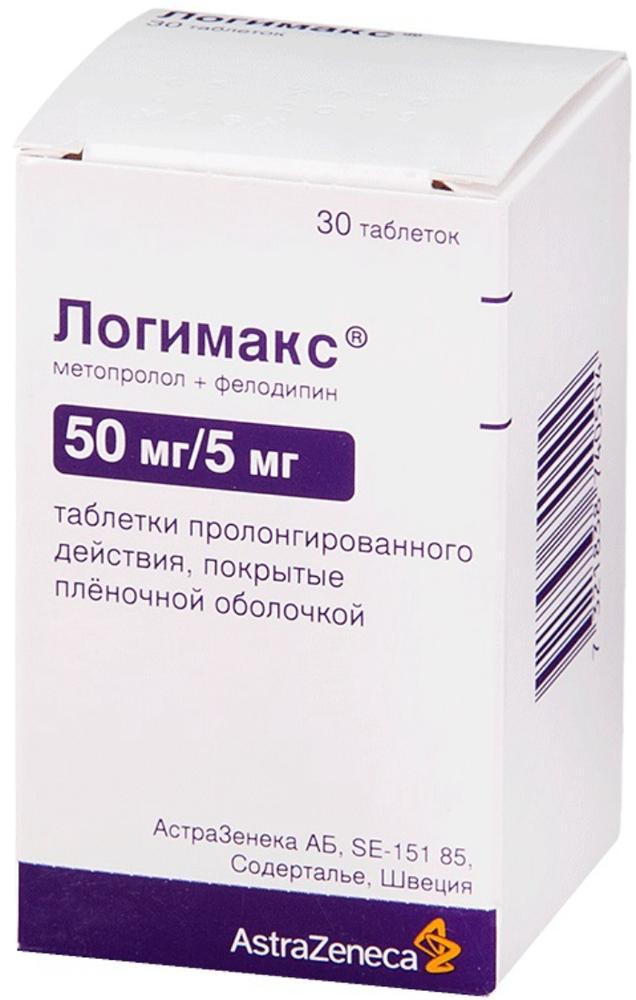
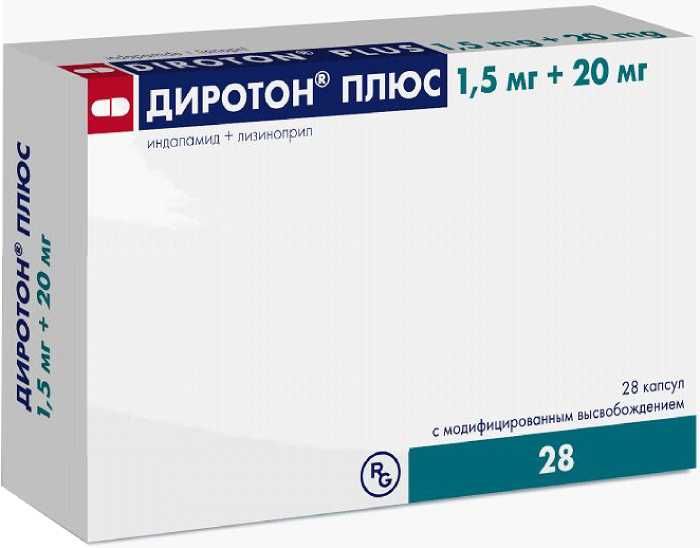
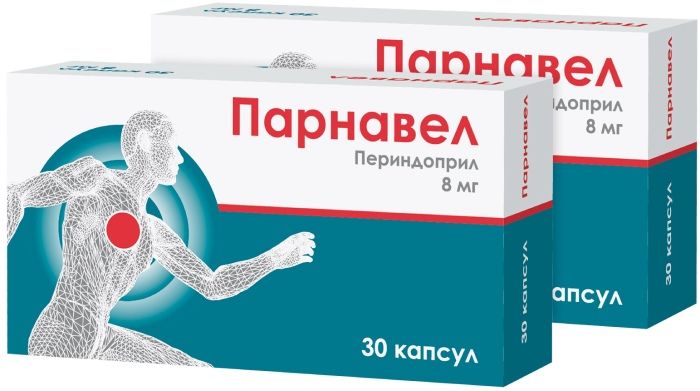
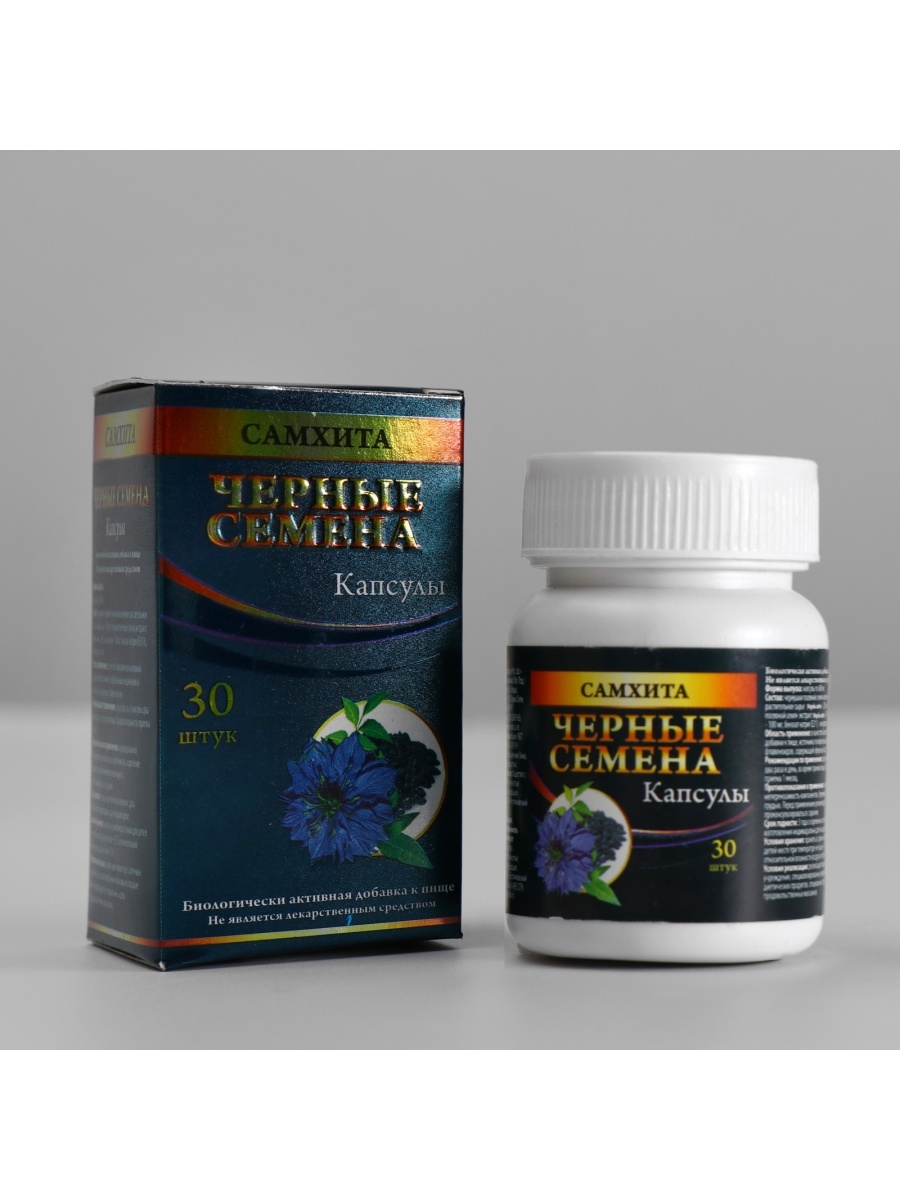
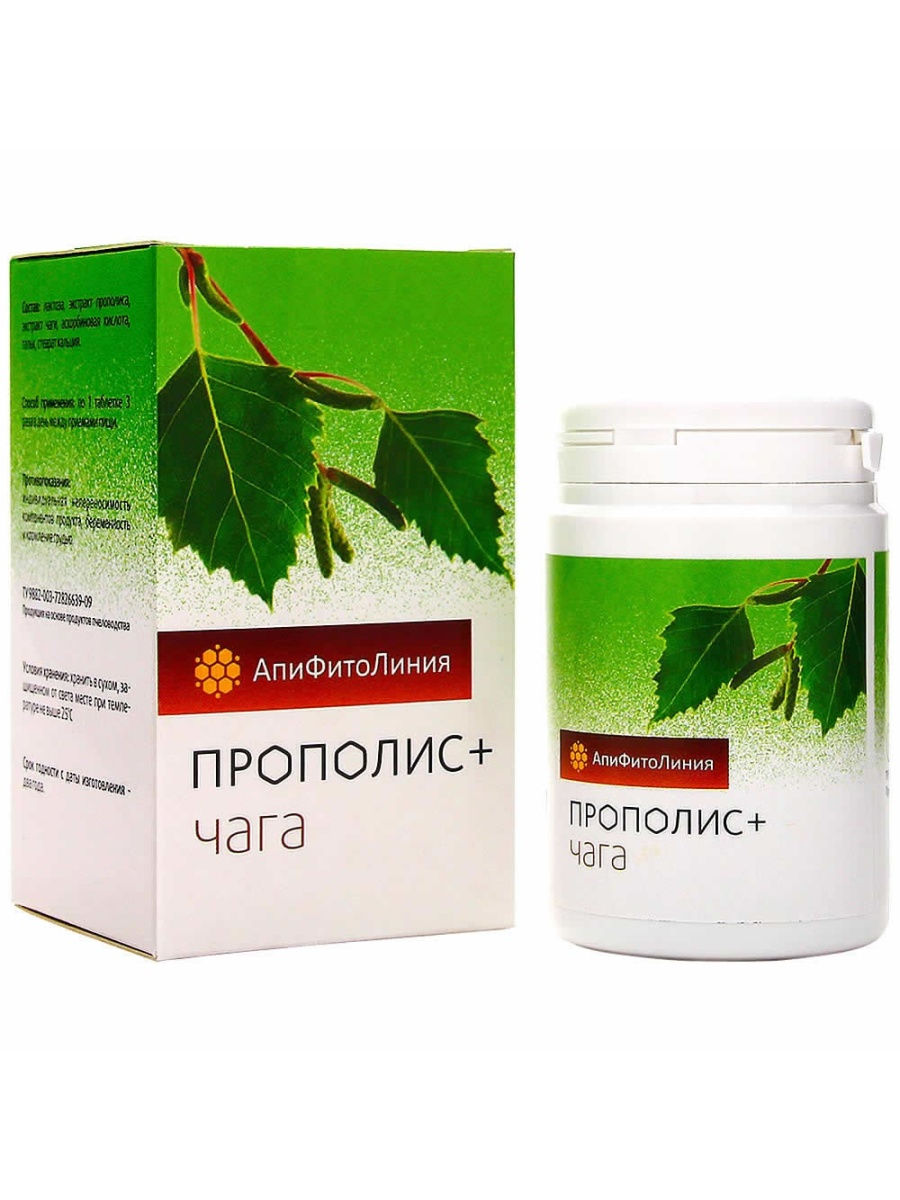
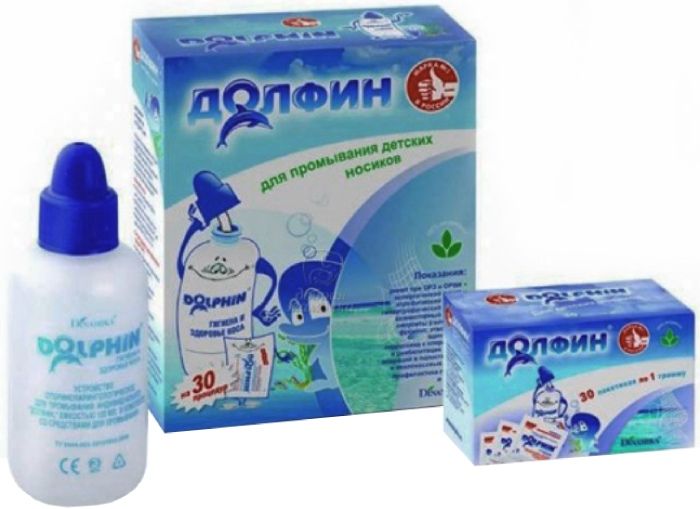
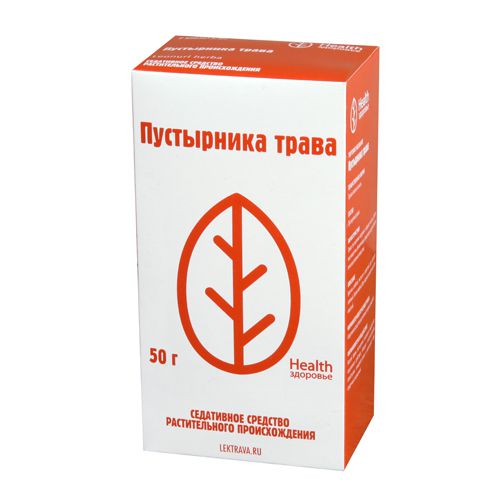

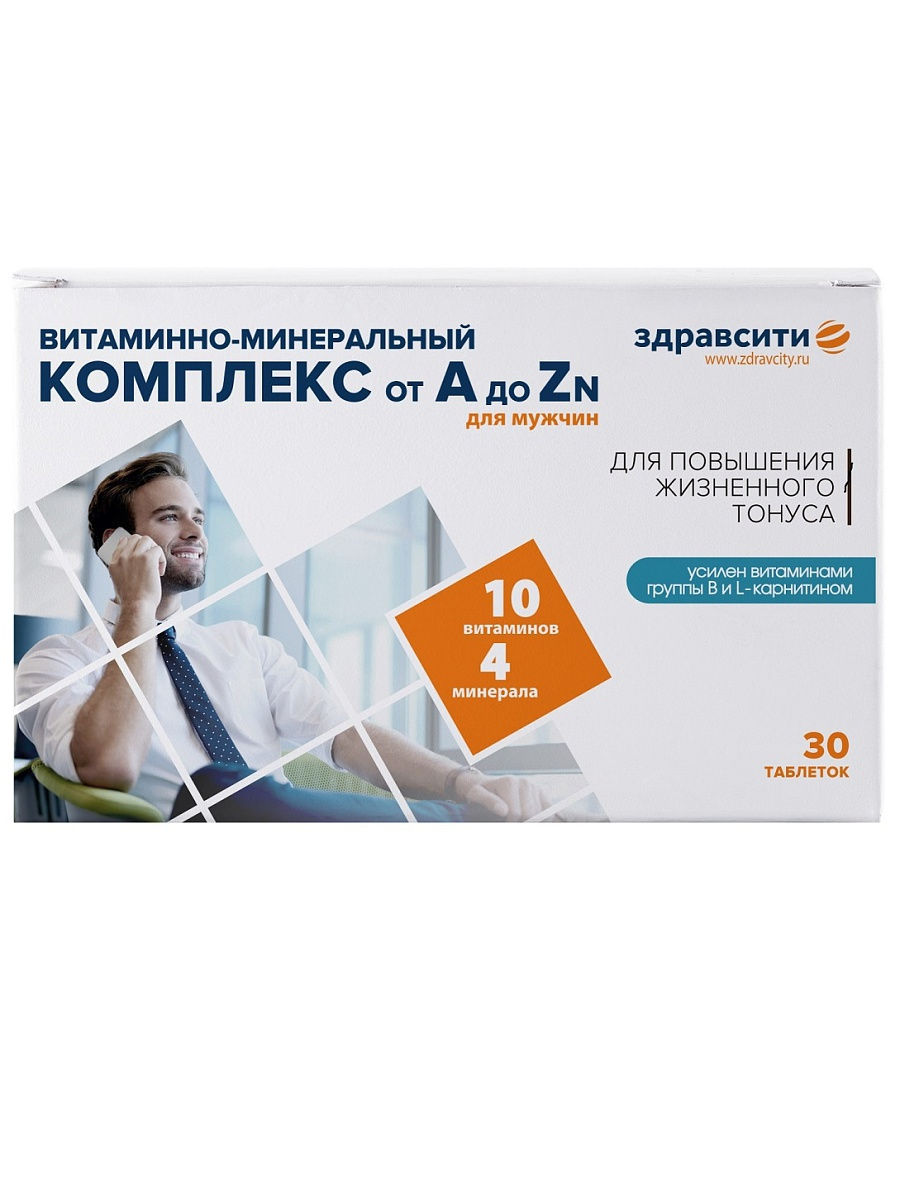




There are no reviews yet.